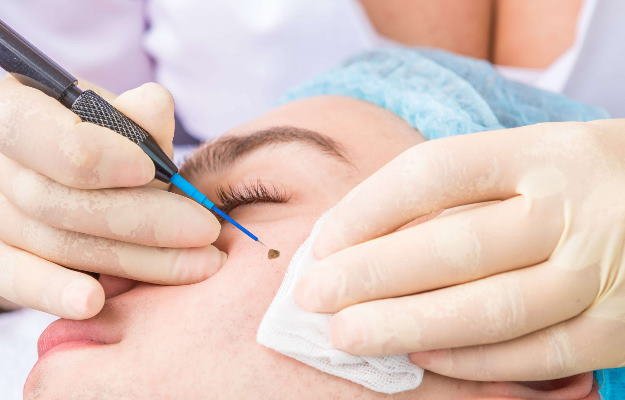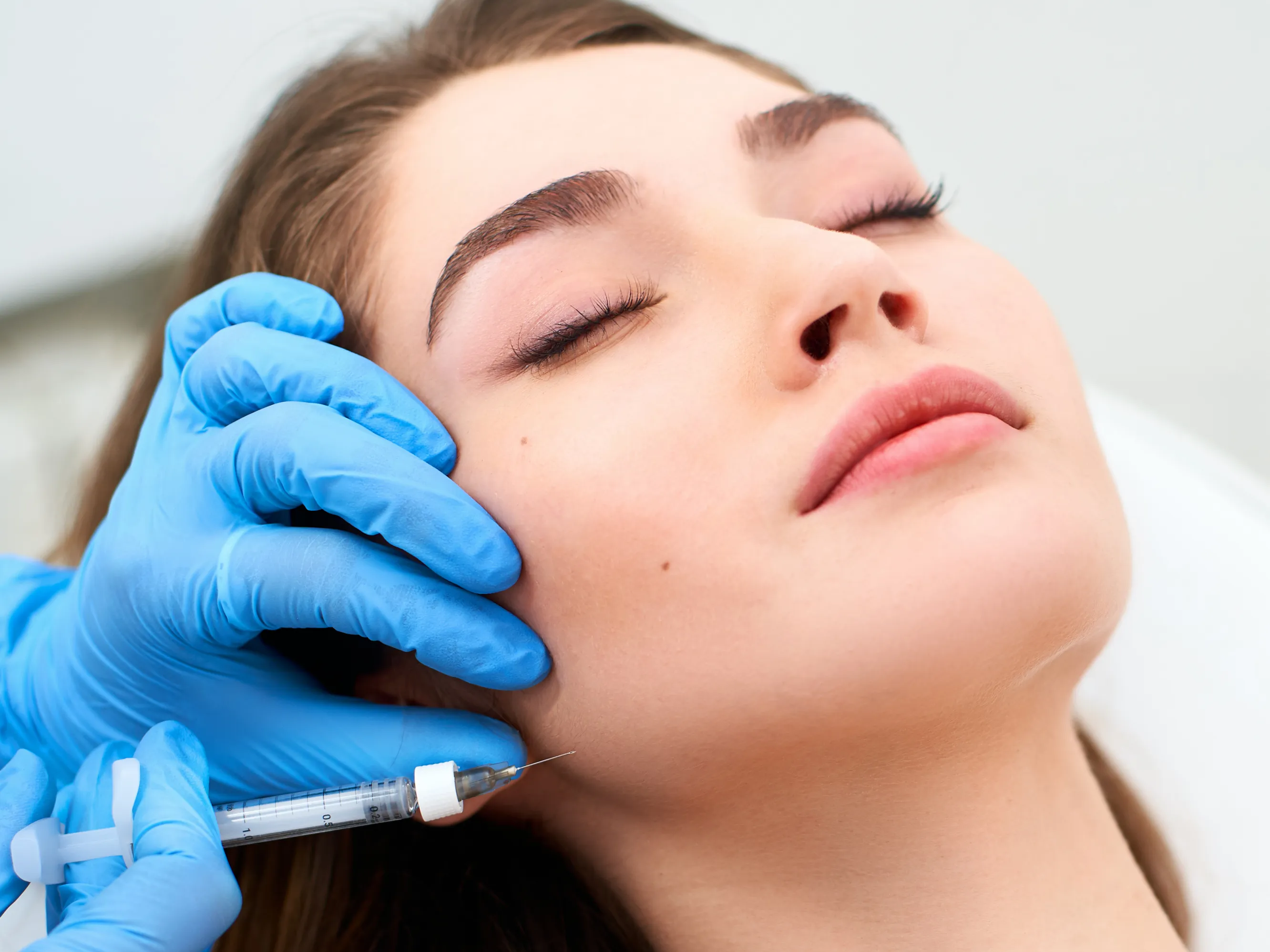Many people have moles on their bodies. These moles can occur at any place in our body. While most moles will be harmless, some can affect the physical appearance and appeal. In such cases, you will likely consider mole removal surgery. Moles can be removed due to cosmetic and healthcare reasons.
The mole removal surgery involves the dermatologist removing, cutting, or shaving the mole from the skin. While the procedure may sound quite simple, you must know how you should be prepared. You should contact a professional at Magnolia Dermatology to gain practical insights on preparing for a mole removal procedure.
Insights for preparing for mole removal procedure:
- Proper nutrition before the procedure
Before undergoing any surgical procedure, it is vital to focus on appropriate nutrition. You should eat and drink appropriately before your appointment for the mole removal procedure. It will not be advisable to visit the clinic empty stomach. Mole removal will occur by using anesthesia near or around the area of the mole. You should eat and drink something beforehand to avoid any adverse effects of anesthesia on an empty stomach.
- Existing medications
You may have already taken certain medications for your health. For instance, some people may consume medicines for controlling diabetes, so they must consult their doctor. Like any other medical procedure, it is crucial to make a list of existing medications you are taking and ask the doctor if any modifications in the dosage need to be done.
- Consult a doctor
Before you undergo the mole removal procedure, it is necessary to consult the doctor and inform them about any changes concerning the mole. If you plan to have a mole removed from your neck but suspect it is developing on your back, you should promptly inform the doctor, as it can affect your treatment. It would be best if you also asked the doctor about any doubts or questions you might have in your mind before the procedure.
What will happen before the mole removal procedure?
The doctor or dermatologist may thoroughly examine and inspect your skin when undergoing a mole removal procedure. They will carefully review your skin for moles and take pictures for further comparison. The healthcare professional may use a dermoscopy tool for a more comprehensive look at the mole.
Several healthcare providers use dermoscopy to determine the type of mole and the most effective way to remove it. After examining the mole under a dermoscopy, the doctor will mark the area around the mole to be removed and the skin surrounding it.
After marking the area to be surgically removed, the doctor will clean the marked skin patch and give anesthesia or a numbing medicine to eliminate pain during mole removal. Once all the steps mentioned above have been done, the doctor will proceed with the procedure.







